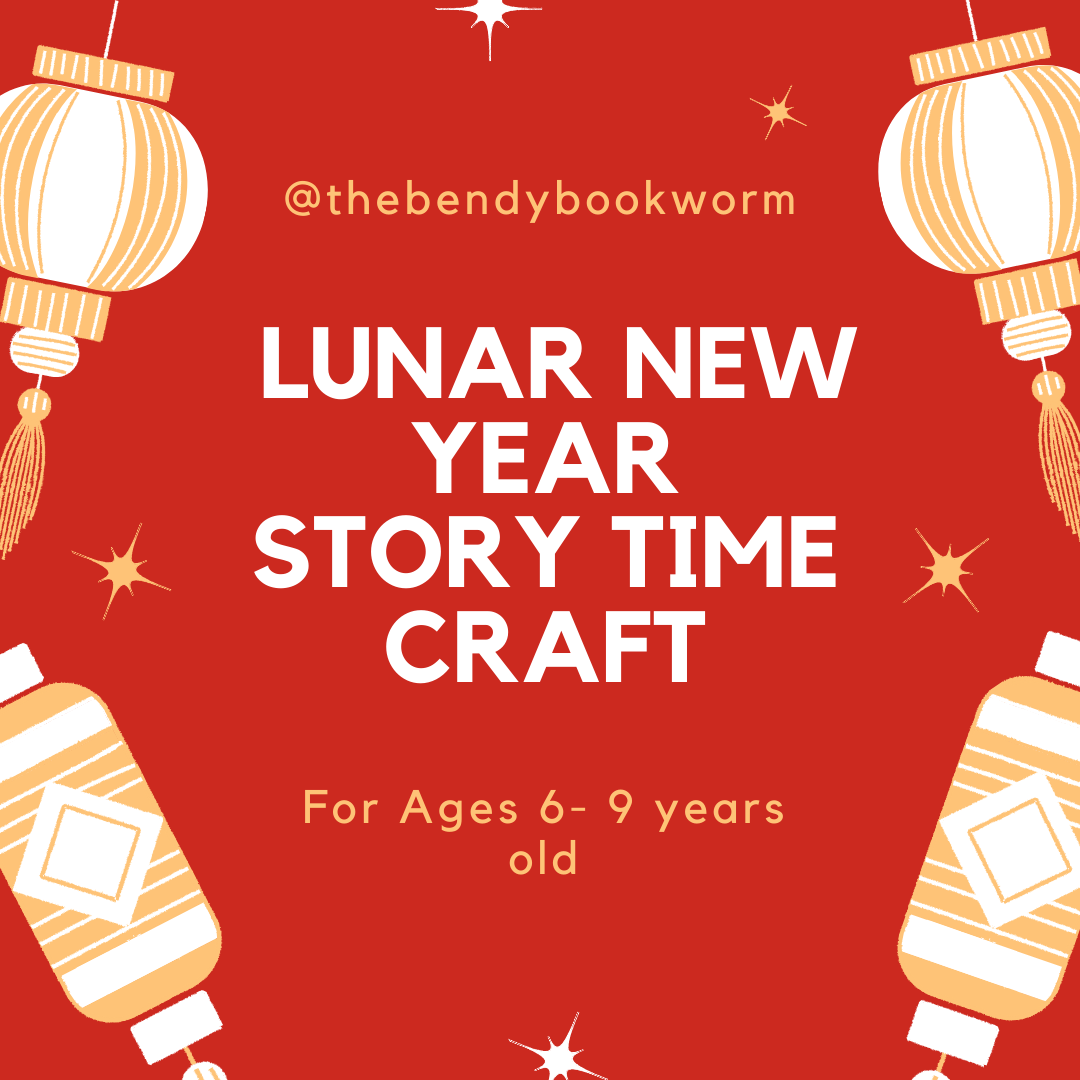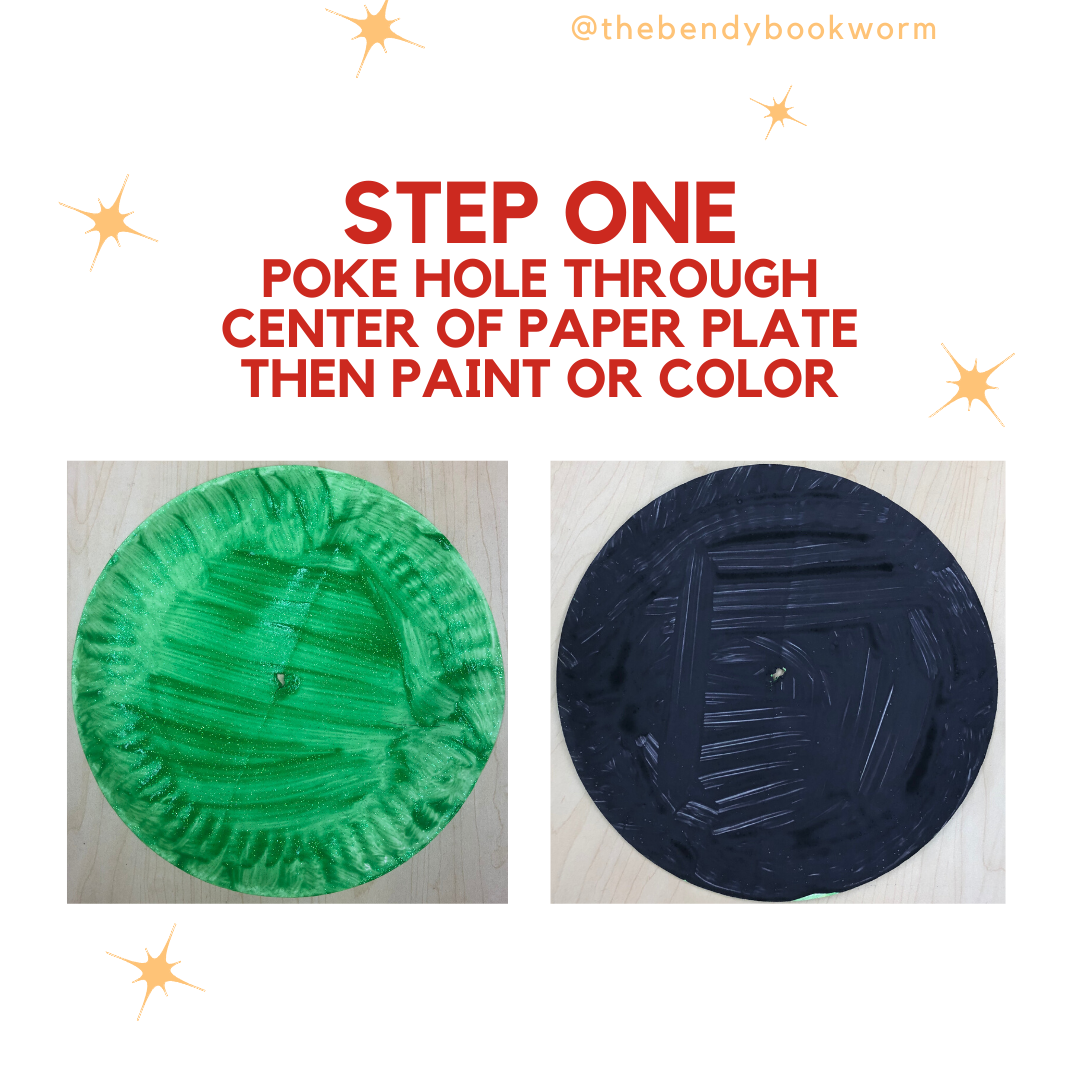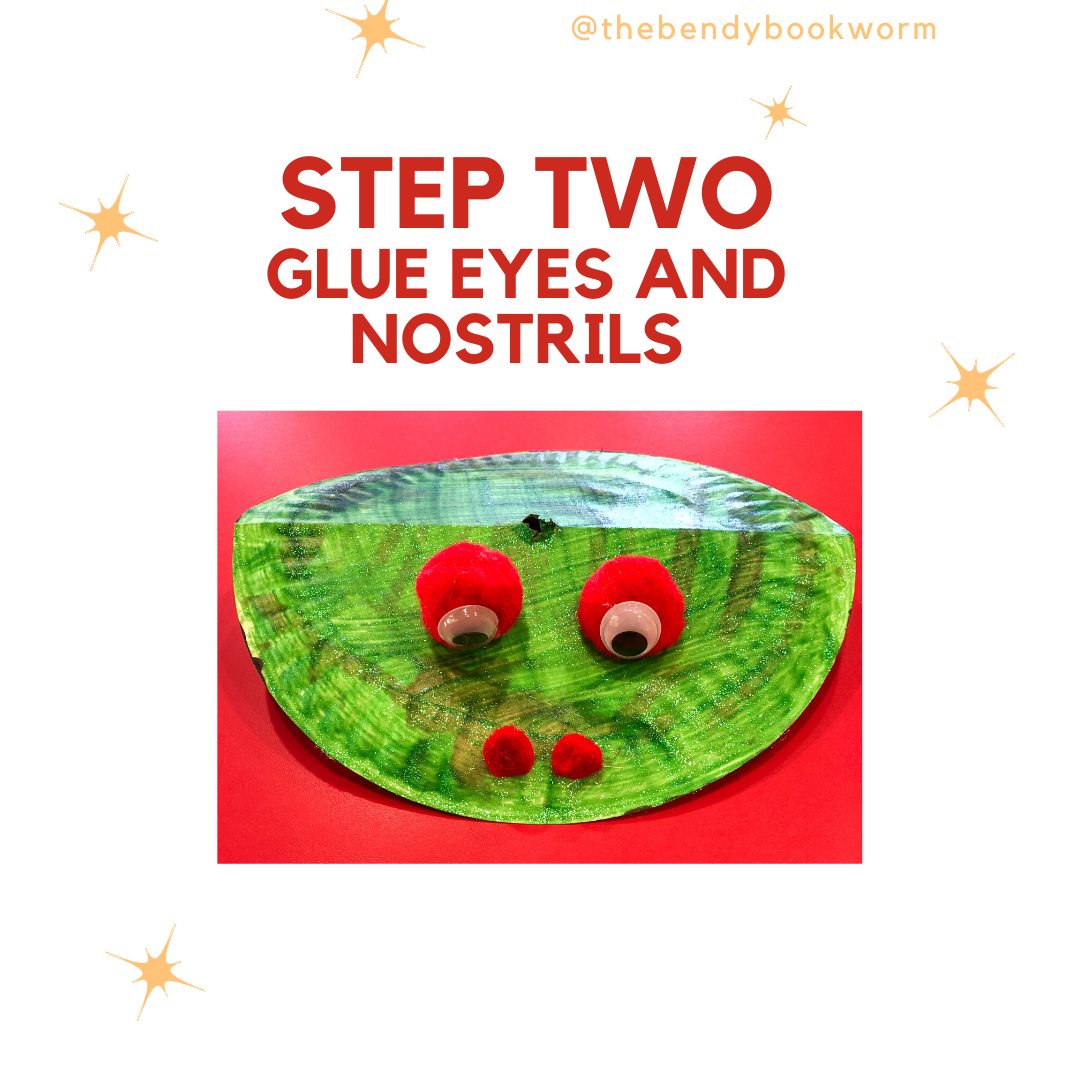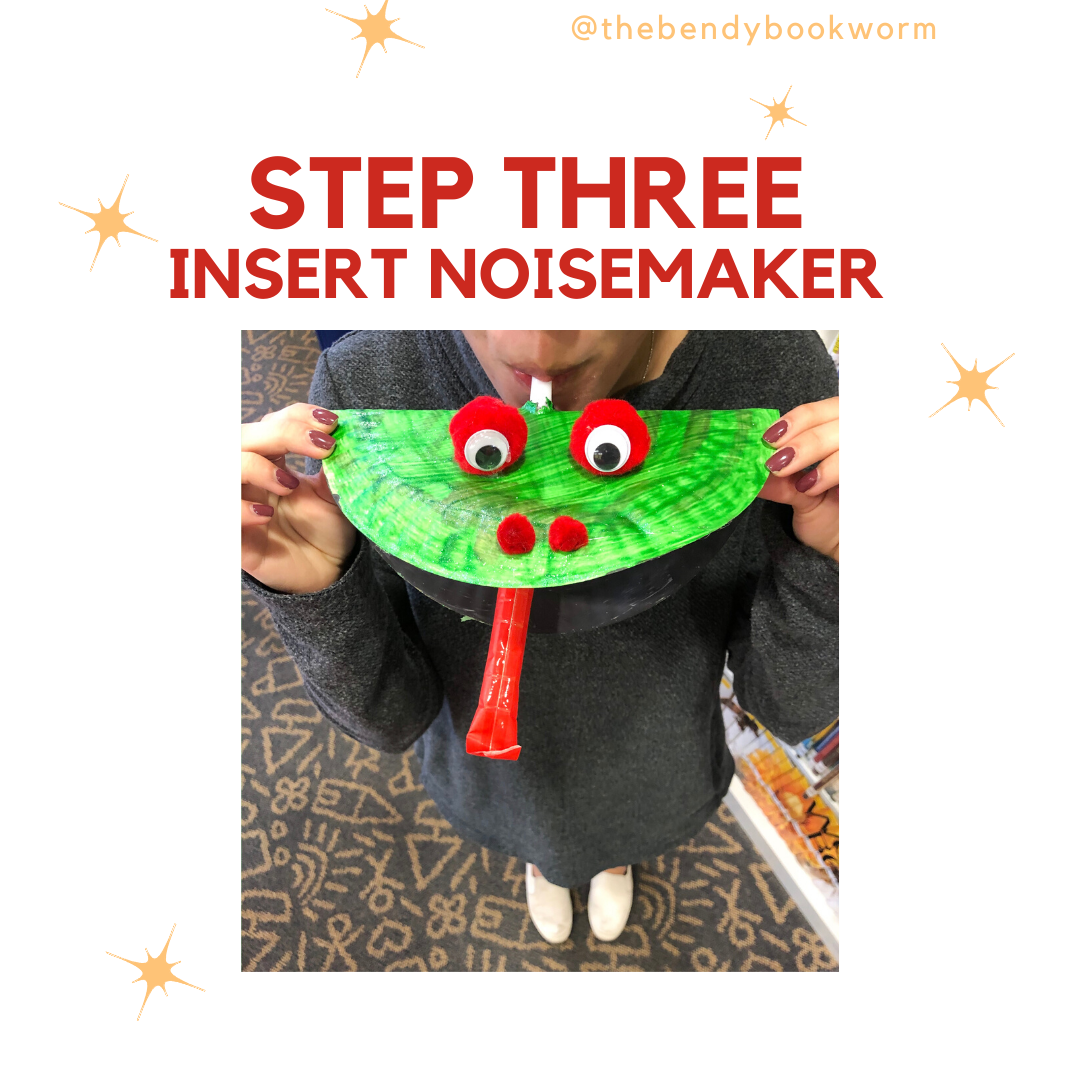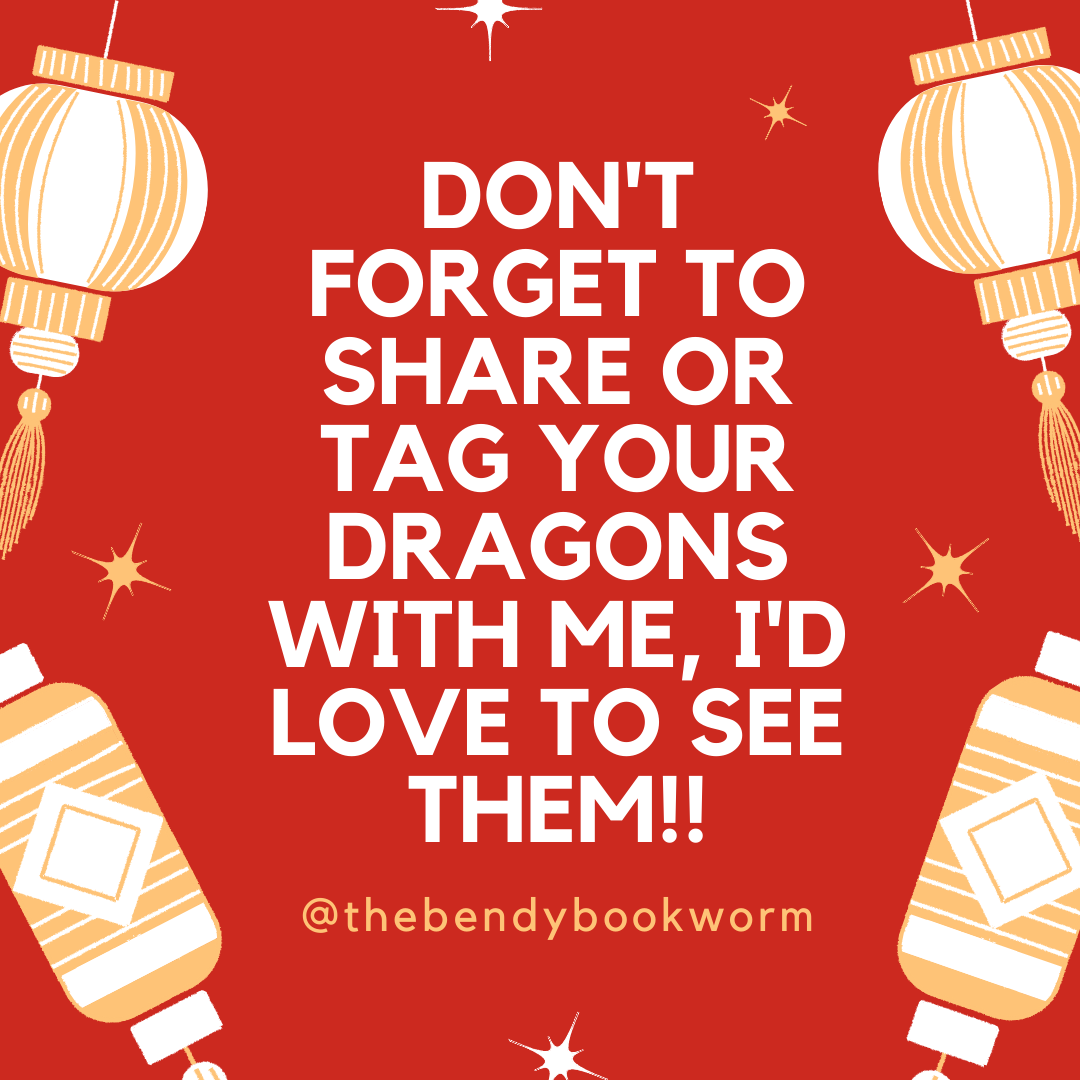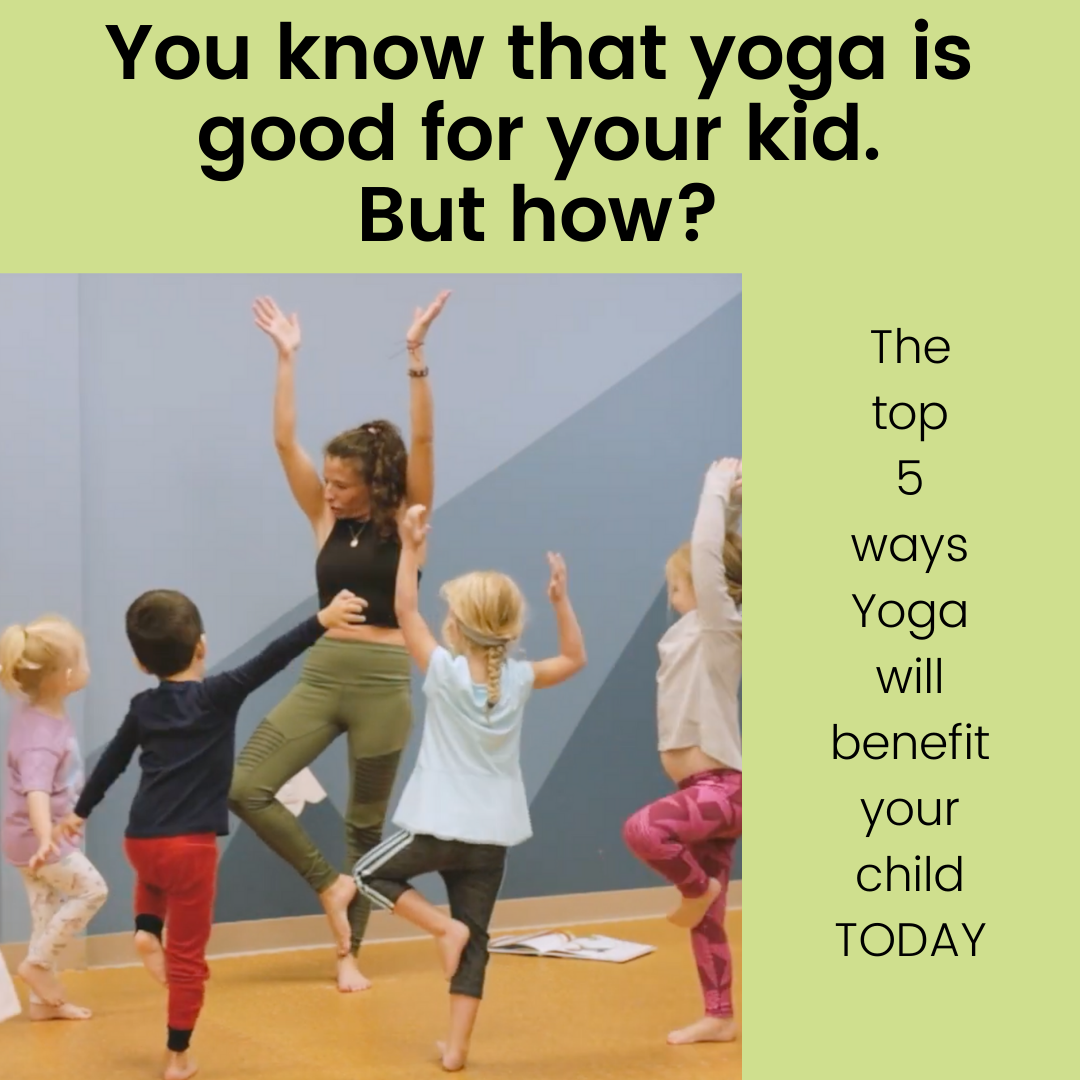You know that yoga is good for your kid. There’s all these benefits ...stuff about your kid being stronger emotionally, physically, and mentally. But how?
Yoga’s benefits are subtle changes that happen almost imperceptibly. It happened in my own practice which started out simply because it felt good. But has become the root of my lifestyle; inspiring and guiding most of my daily experience. I’ve watched it work in a similar way in the lives of the toddlers I practice with.
The program lit a fire in them and got them engaging with their bodies and minds. Watch your child’s yoga practice through the lens of these benefits and you’ll see subtle but persistent evidence of their progress in these skills:
Focus and Concentration are skills that can be taught and practiced. Bendy Bookworm Yoga provides multiple opportunities to practice these skills. By engaging intentional interaction with a story and guided poses to engage their bodies, children are learning that focus happens physically and mentally. They are given cues and questions to keep them present. You may find your child focusing on picture books at home or in an activity independently for longer and longer stretches of time.
Physical Awareness and Body Control is a skill that will deepen with the practice and become an important relationship as they age. Yoga teaches how to move in the body; to be deliberate and controlled moving a specific muscle or body part. Over time this teaches an understanding of the specifics of your individual body; how your body feels and works. You may find it easier to teach inappropriate behavior (hitting, biting, etc.) with their deeper understanding of their personal body and the control they practice in yoga.
Encourages Play, Curiosity, and Investigation. As they age, society will begin to press them for results. Unfortunately our education system measures a child’s ability by their success at tests and grading. It challenges a child to remain playful, curious, and interested in learning. Yoga reminds them of learning through play; trying new poses and doing their best. They fall, they giggle, they don’t come anywhere near close to the pose… and none of it matters but it all matters. They are in their bodies and trying. You may find your child trying new things with more curiosity, less attachment to success, and more interested in investigating! Finding more play in the process.
Improves Balance, Coordination, and Strength. A child uses their own body to achieve a yoga pose; as they learn to hold their body for longer periods of time and in different postures, their muscles strengthen and their balance improves. Over time this body awareness translates into daily experience. You may notice your child falling less (being able to catch their imbalance with more ease), standing taller, able to carry more… all signs their physical health is supporting their growth.
Confidence is a necessity for a child to grow happy and healthy. Yoga present the perfect opportunity for them to experience achievement: when practiced regularly the child will continue to get better. They will notice their own progress as it happens in their body (getting into poses that had been challenging). They are also able to move at their own pace. There are no “levels” or getting left behind. Yoga will always require practice of the same poses, but their interpretation of the pose will change. This provides children the chance to excel in non-competitive, non-comparison environment, without fear of failure. No one fails in yoga.
Want to watch yoga lit up your child’s potential? Watch this FREE Good Morning video and move-to-learn TODAY!



